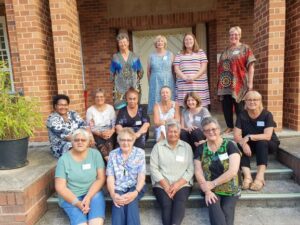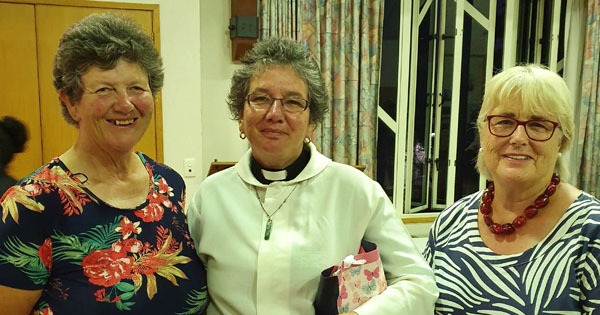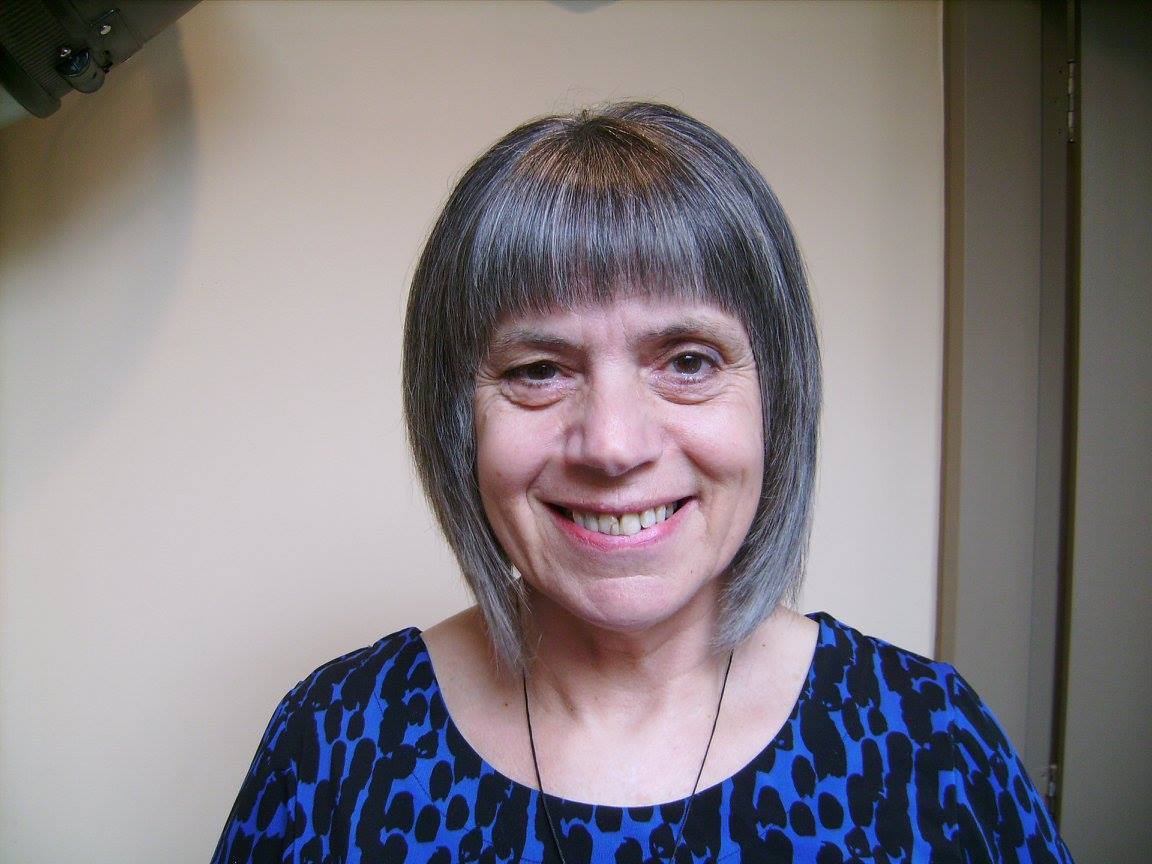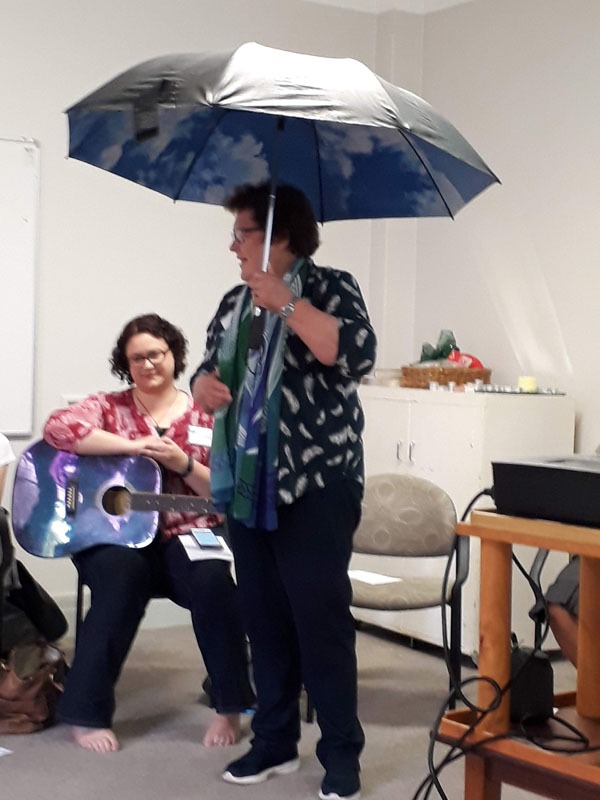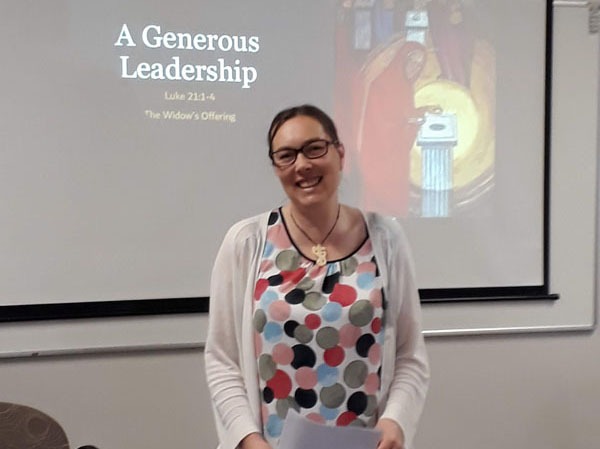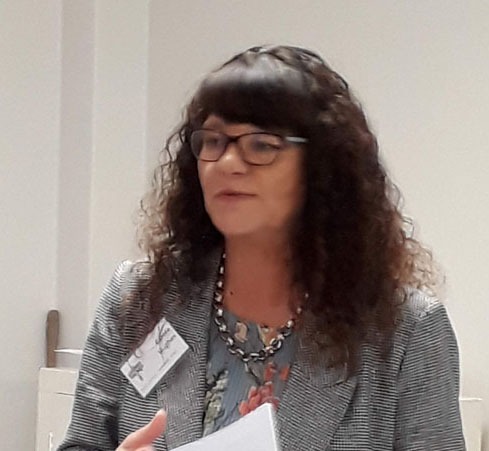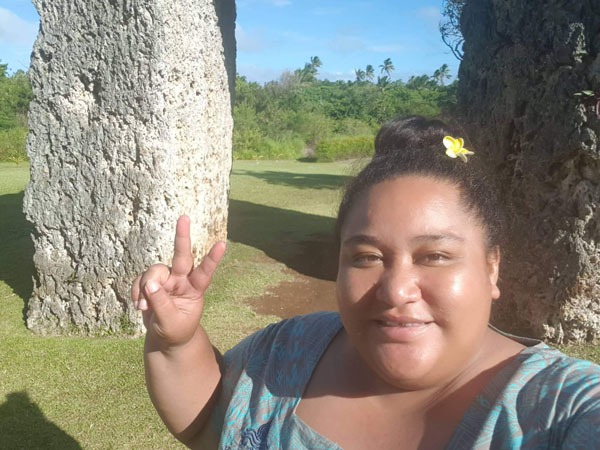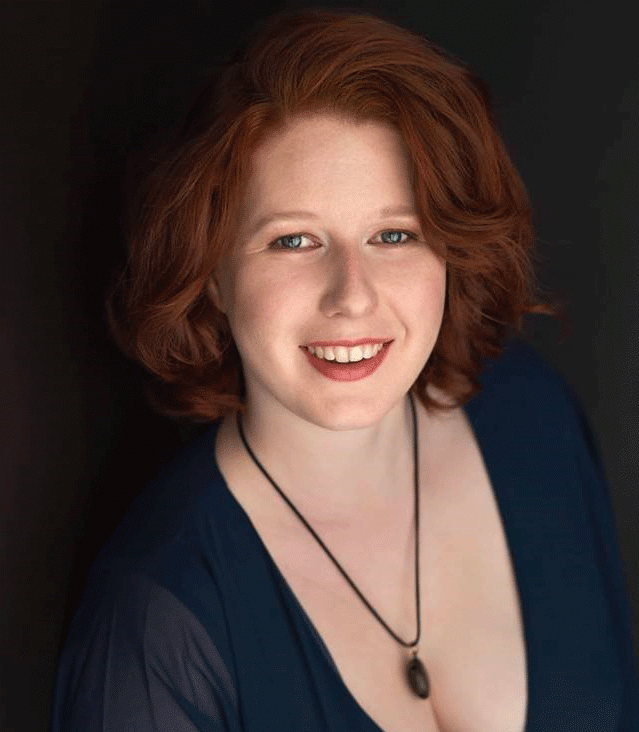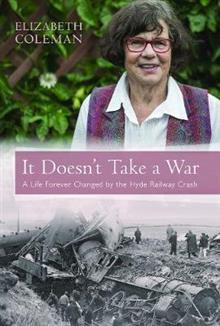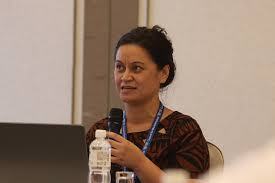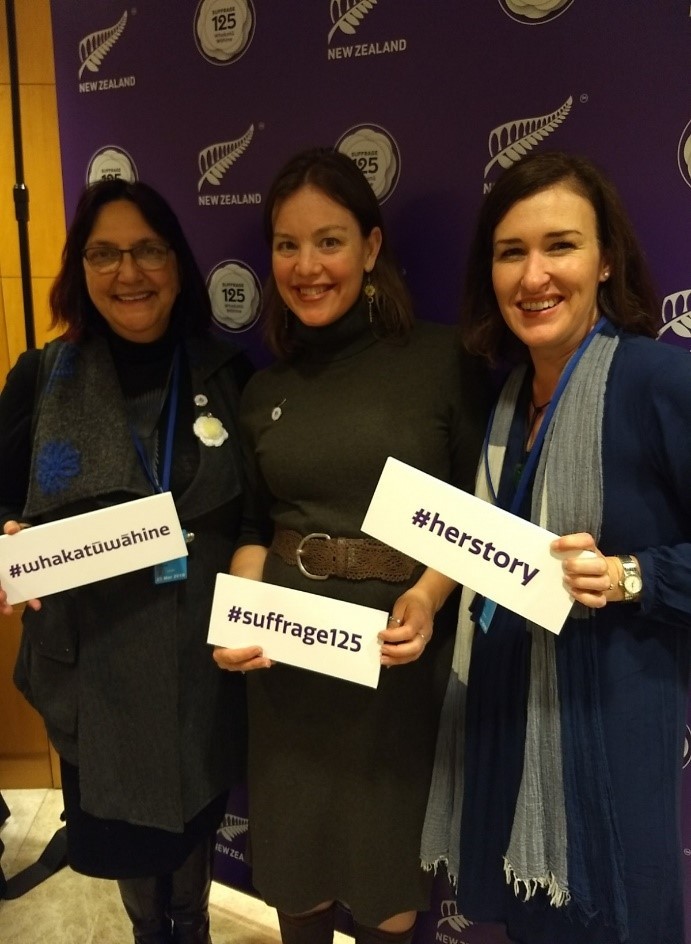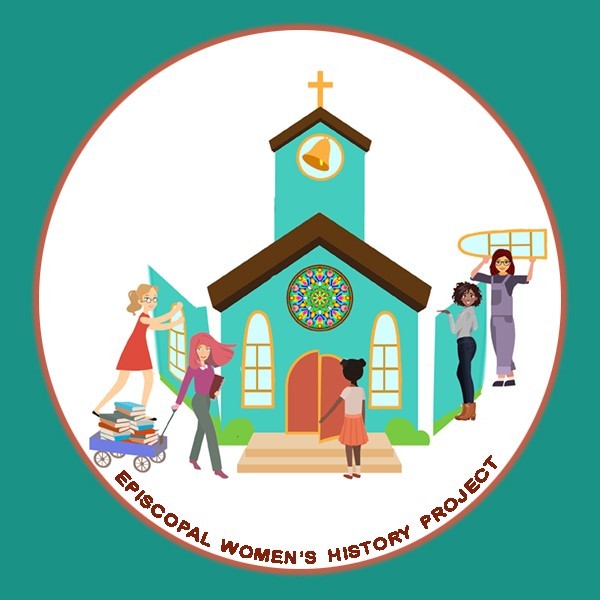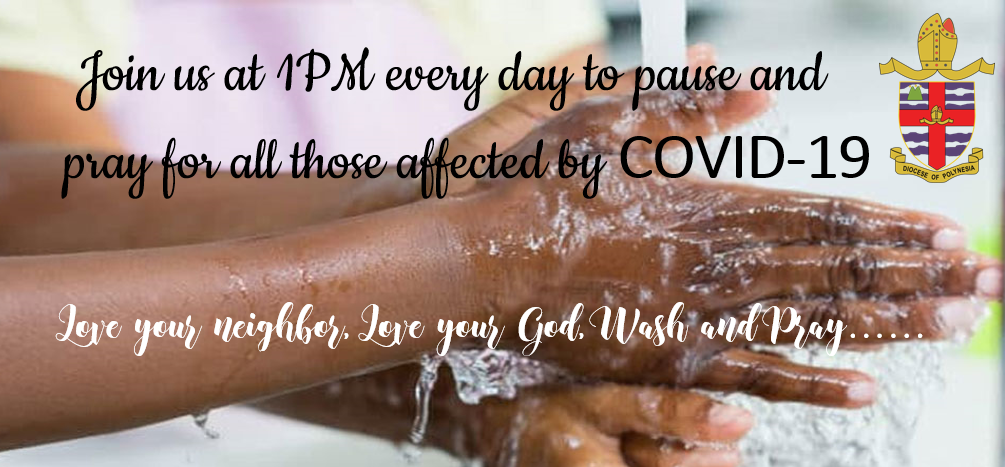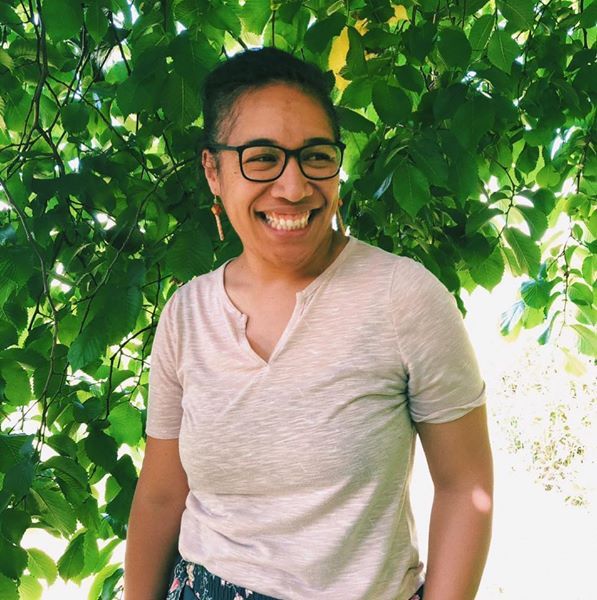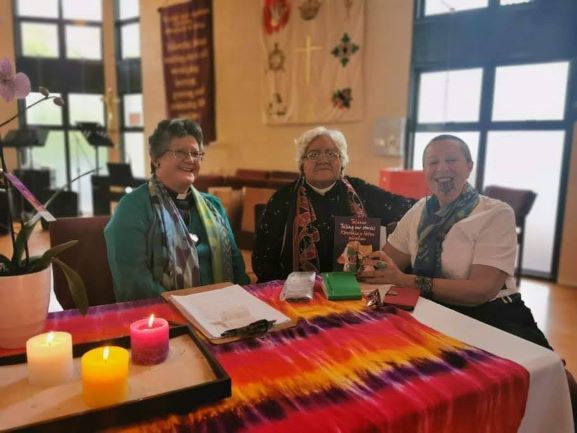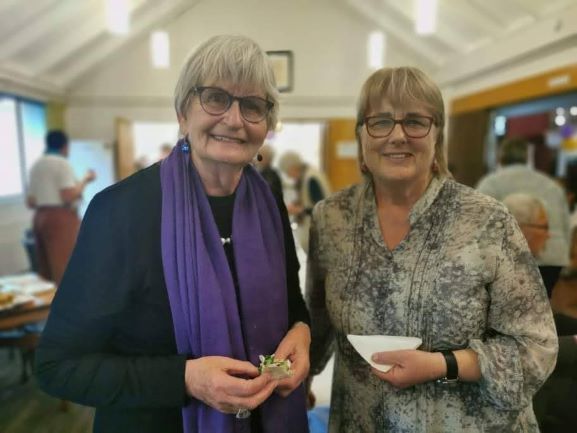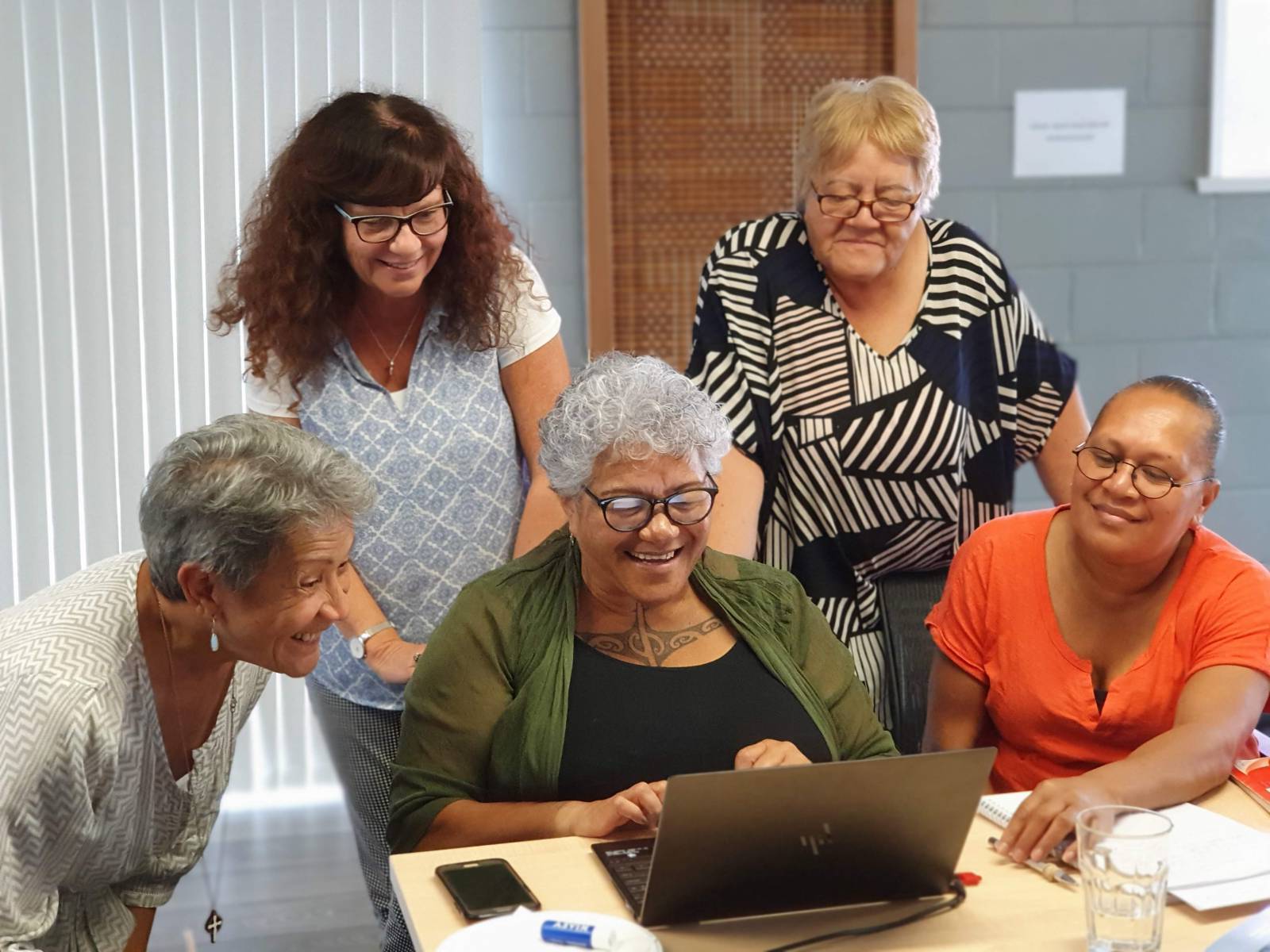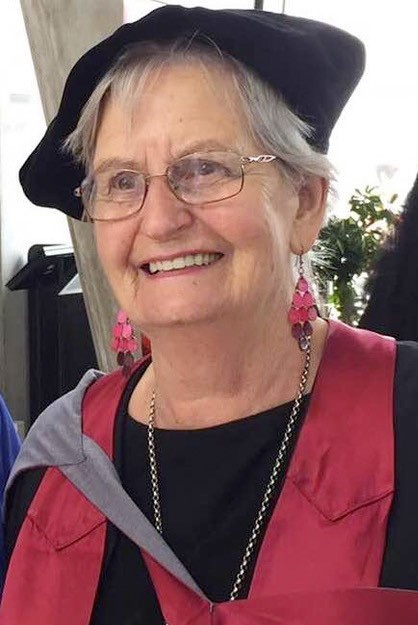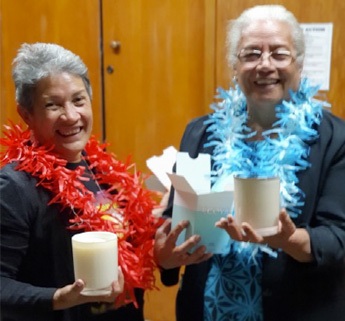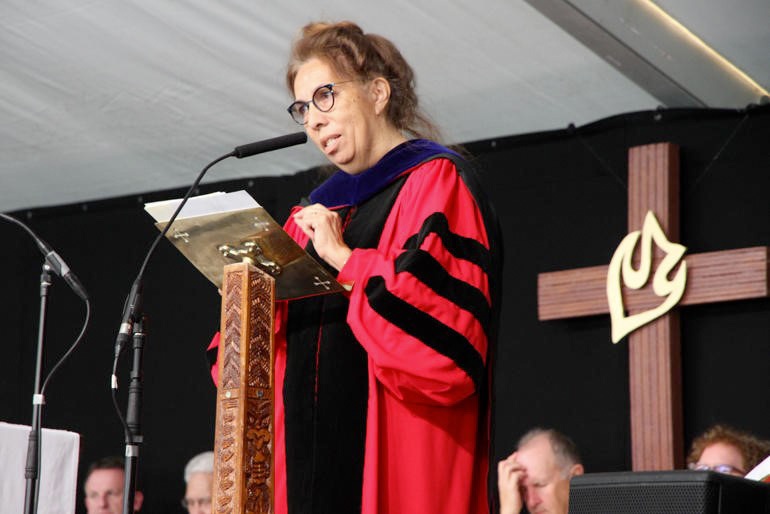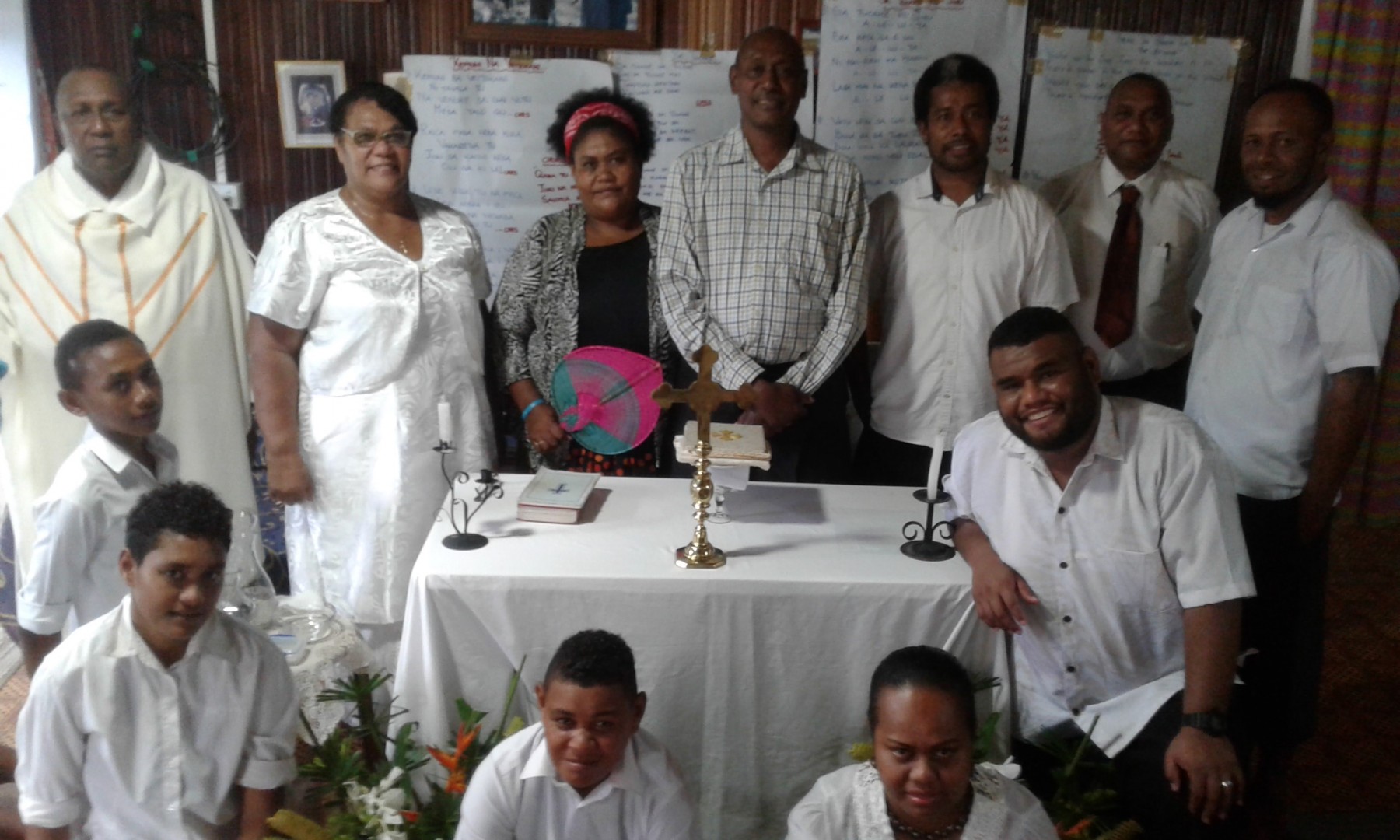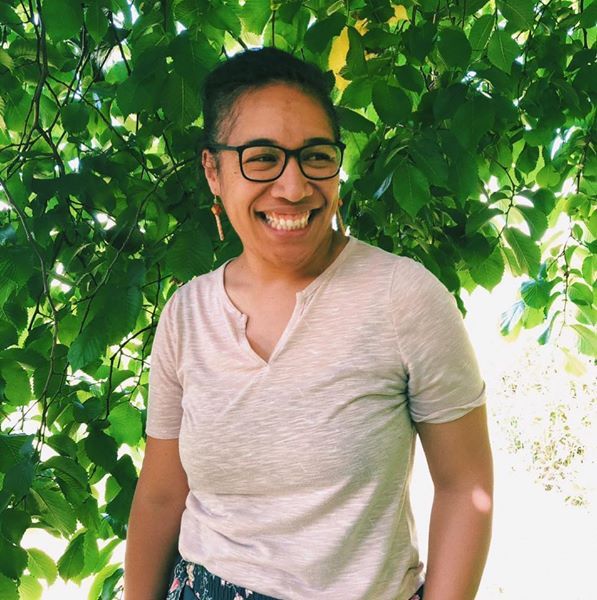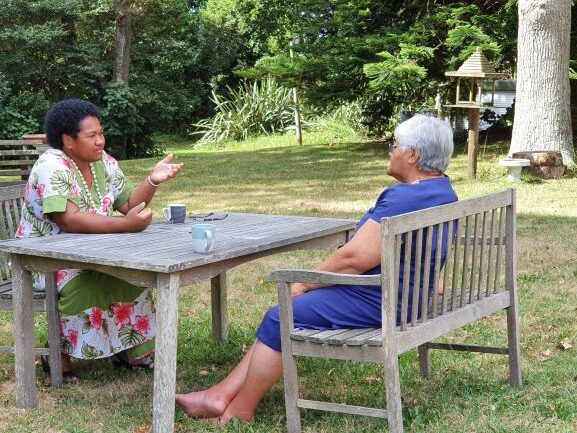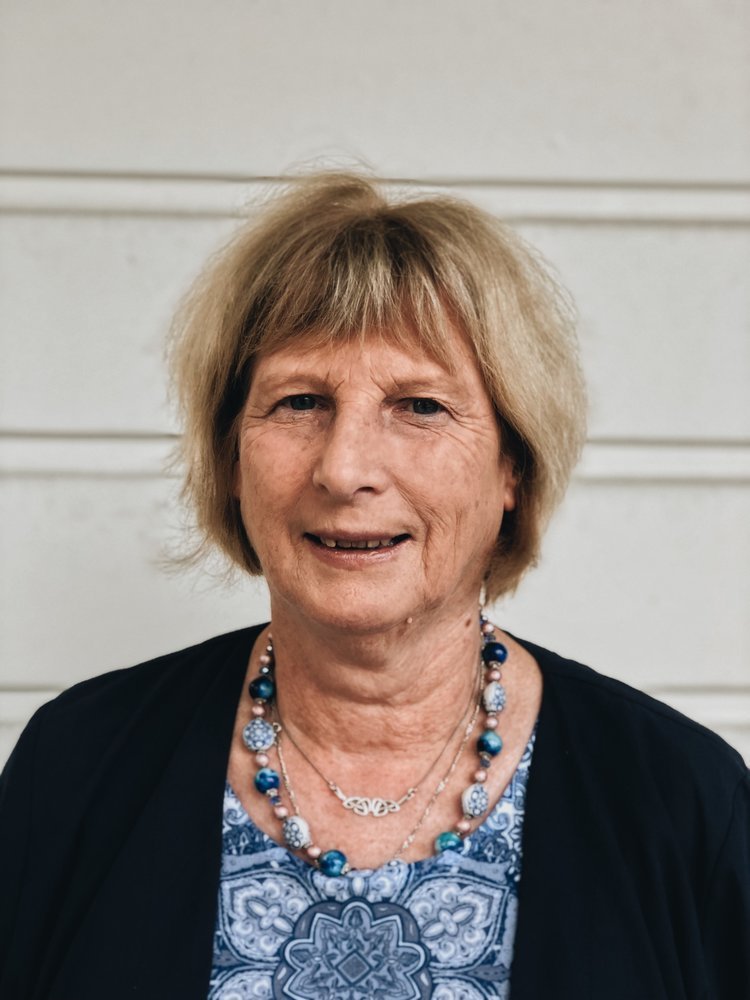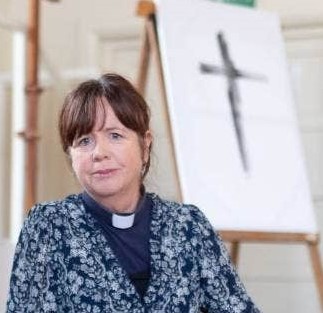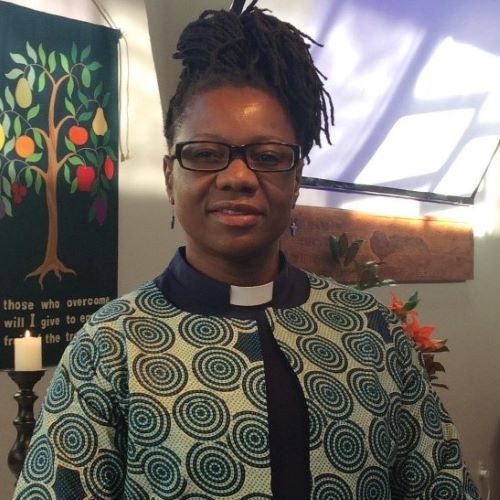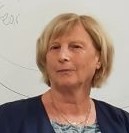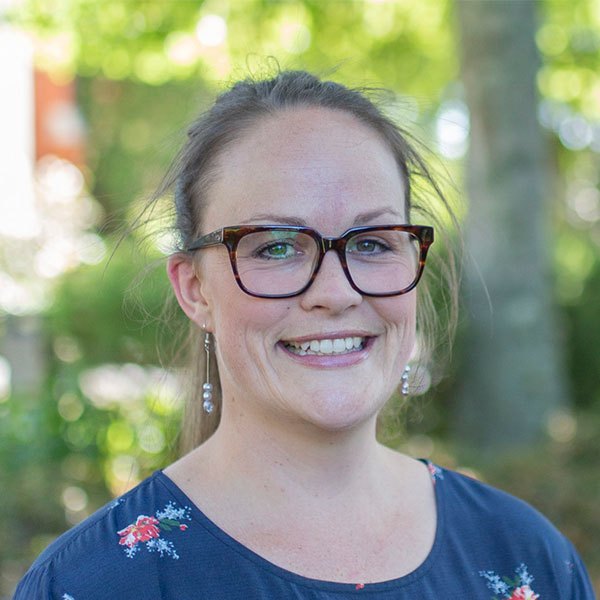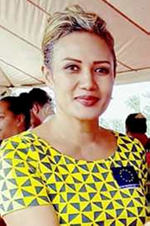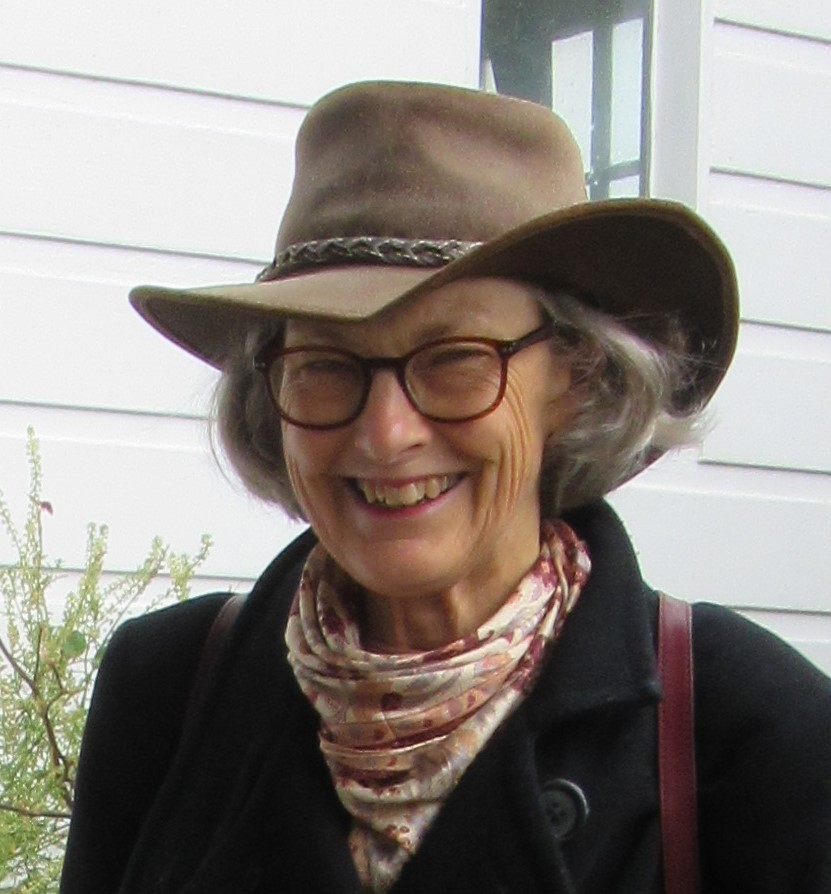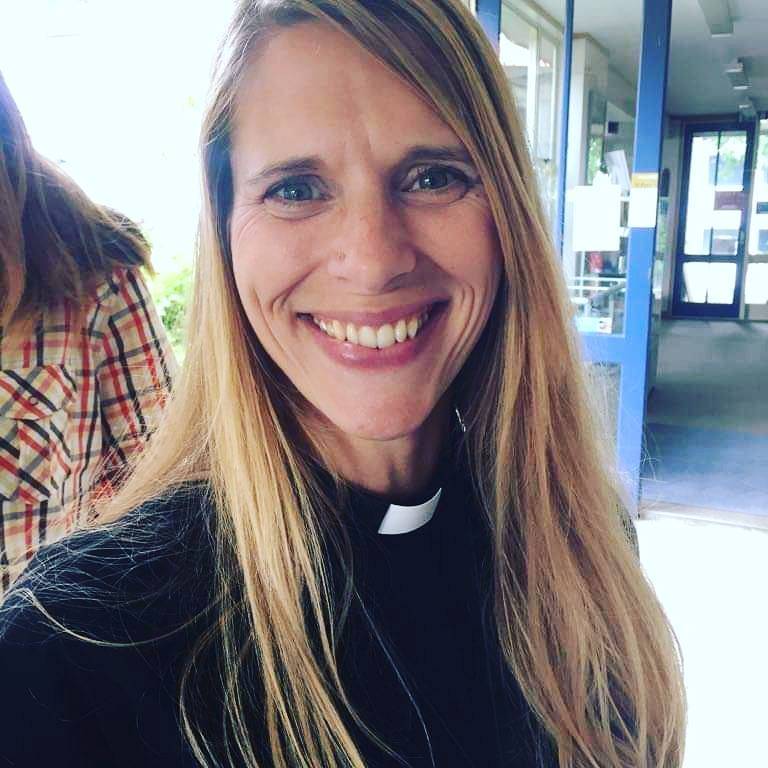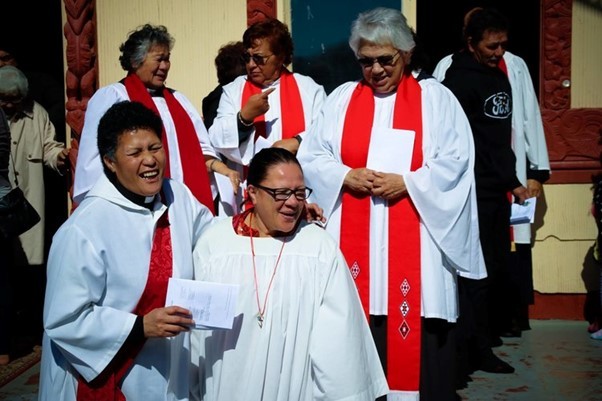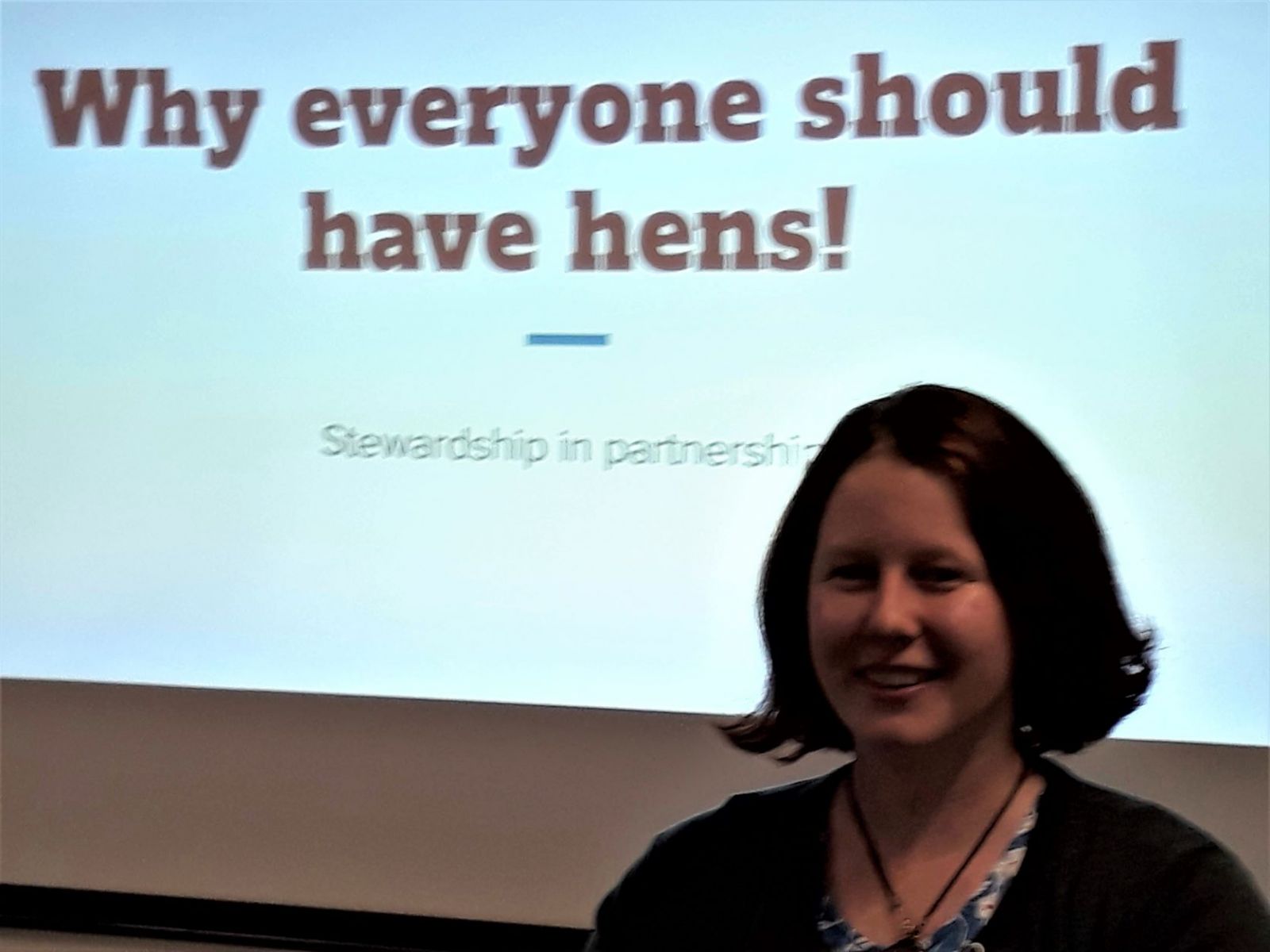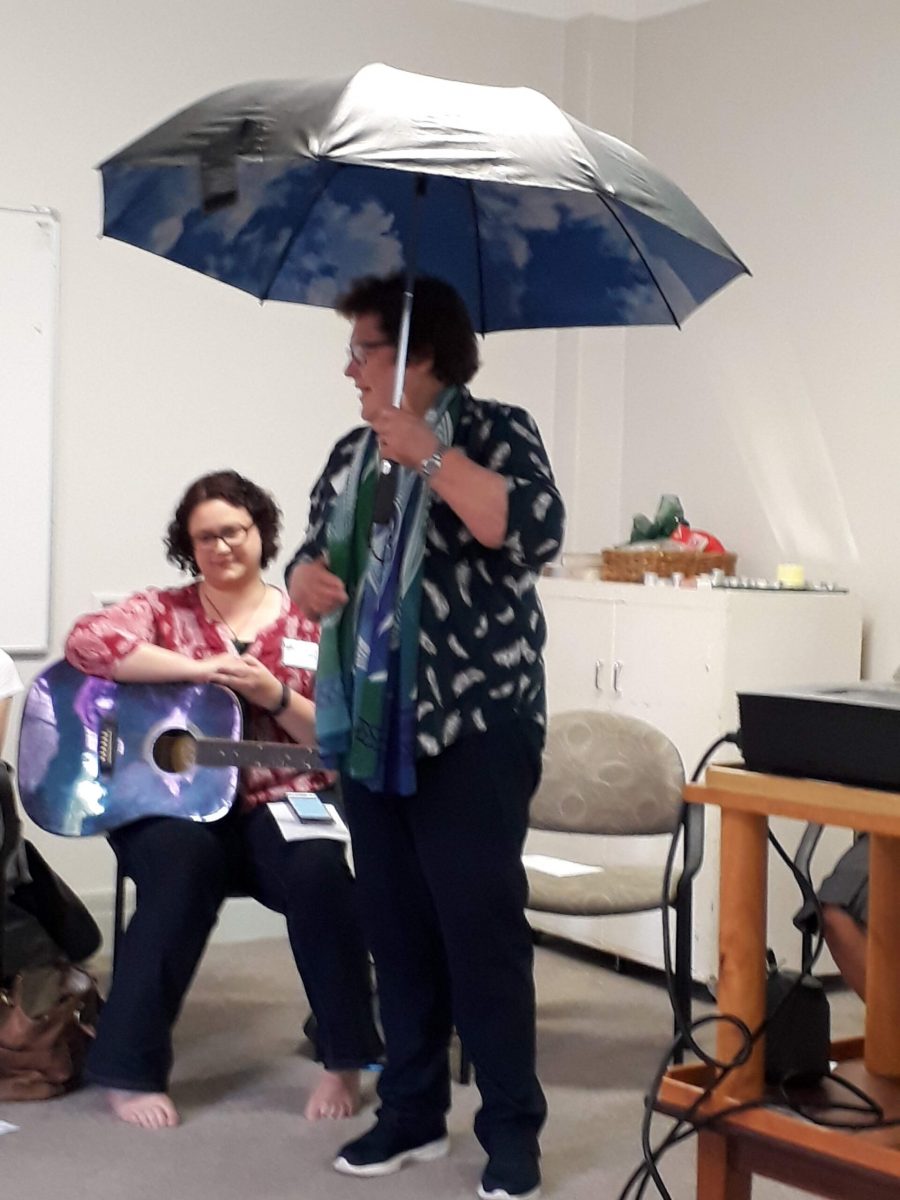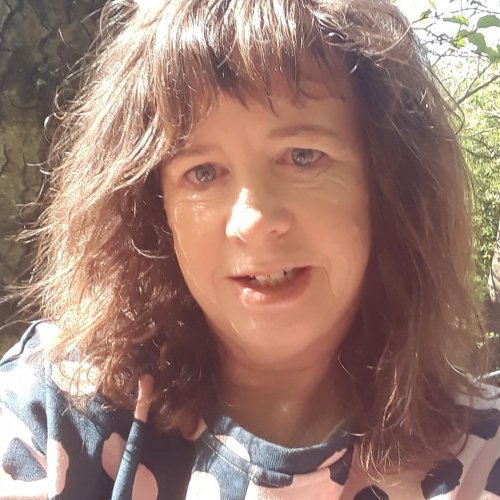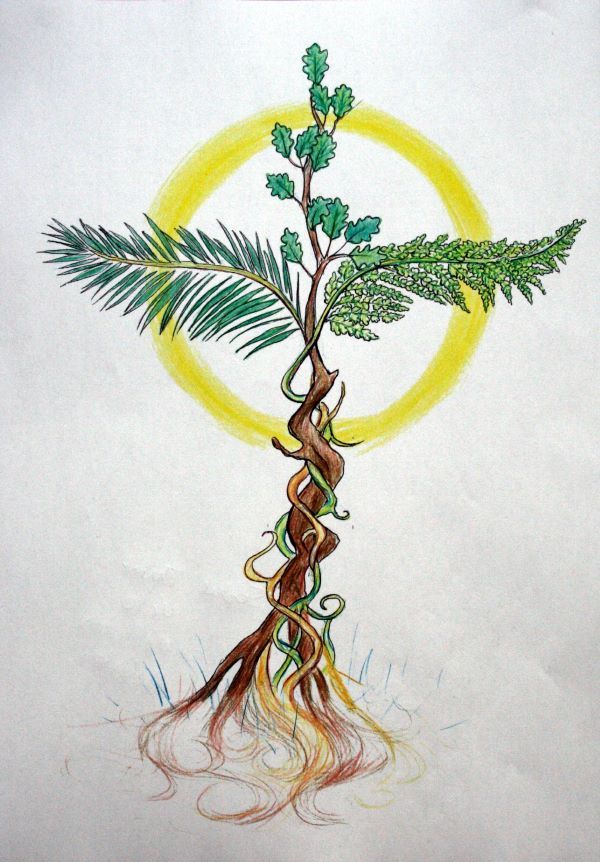Patricia Allan analyses the years of debate about the future of the earthquake damaged Christchurch Cathedral in terms of Social Drama

Rebuild or pull it down- why was the future of Christchurch Cathedral such a controversial issue?
Was it a contest of power between ‘the old boys’ network’ of Christchurch and the Anglican Church?
Was it because the Bishop was a Canadian woman?
Were misogyny and xenophobia the underlying themes?
Was it about the identity of Christchurch being closely tied to the Cathedral as ‘icon of the city’?
Was this a contest of power- economic, political, cultural and ecclesiastical power?
Patricia Allen believes it was a contest of meaning. Using Social Drama as her framework, Patricia looks at the processes of the last few years, and rejoices at the recent blessing of the reinstatement of Christchurch Cathedral.
With nearly 1000 others, I watched the May 2020 live- streamed blessing of the workers and site for the reinstatement of Christchurch Cathedral.

Previous rituals associated with this Cathedral came to mind; the shocked trio of Archbishop Moxon and Bishops Gray and Matthews ‘lifting the tapu’, in the belief that people had been killed in the February 2011 earthquake ravaged tower; the solemn gathering of invited guests bussed into the ‘red zone’ for the de-consecration of the building – a ceremony that felt like a funeral; the staged press conferences in the Botanical Gardens and the Cathedral Square as Bishop Matthews announced the various decisions being made about the building’s future. All this has happened over the last nine years.
The recent blessing felt for me like the end of an era, whilst heralding a new and exciting beginning.
My Anthropology thesis was called ‘The Once and Future Cathedral’. This title was from an essay by Bishop John Bluck and used with his permission. The work was in two main sections. The first considered the Cathedral and its central place in the topography and identity of Christchurch and the significance of place and ‘enchanted’ material objects. The second section followed the fierce arguments about what should happen to the building. At the point my thesis was submitted there had been no agreed decision on the Cathedral’s future.

Because of the great uncertainty which prevailed in 2012, I began by overviewing the history of the Canterbury Settlement and the place that the Cathedral had in the vision of the early settlers. This history, also enshrined in many of the artefacts within the Cathedral, became a strong heritage argument for the reinstatement of the building. I decided to track all of the Cathedral’s contents, what was destroyed, rescued or still in the rat, pigeon and weather affected building. It was fortunate that an extensive Terrier had been prepared a few years earlier. From focus groups, casual conversations, media opinions and an online questionnaire, it became apparent that scores of items held significance for different people. These ranged from thread in a dorsal to the rose window, from a stone step to Harper’s effigy, from a fragment of wood or a named chair, to the lofty kauri ceiling. Many people spoke of childhood memories such as climbing the tower or putting gifts under the Christmas tree.
My second section followed the fierce arguments about the future of the Cathedral, a controversy which I theorised as a ‘social drama’. This work identified the major actors in the drama, namely the Anglican Church, the advocates for the reinstatement of the Cathedral and local and central government. Forty-seven people were interviewed, including most of those closely involved in the contest.
‘Why is this such a controversial issue?’ was my research question. Some saw it as a contest of power between ‘the old boys’ network’ of Christchurch and the Anglican Church, headed by a Canadian woman, with misogyny and xenophobia being underlying themes. For others, the reason was more emotional with ‘it is our identity’ being a common answer. This issue of identity became more pointed, I argued, following the earthquakes. The Cathedral, which had been marketed as ‘the icon of the city’ was the repository of much corporate and individual history.

My conclusion was that this was more a contest of meaning than a contest of power, although without doubt economic, political, cultural and ecclesiastical power were all in the mix.
Social Drama
Victor Turner argued that a social drama follows four distinct phases.
Firstly, there is a breach in the relationship between two parties, because there is an action by one that has deeply offended the other. In my opinion this occurred when Bishop Matthews claimed in a radio interview that she was not accountable to the Christchurch public for the decision to bring the Cathedral down to windowsill level.
Turner claims a breach is followed by a sense of crisis, with positions being solidified on either side. In fact, almost everyone in Christchurch appeared to have an opinion, some very strongly held.
The third stage is marked by efforts to mend the breach and may go to the highest courts in the land, which in fact occurred in the Cathedral’s case. Other attempts involved various alternative architectural solutions and mediation efforts.
Turner’s fourth stage is that there is either a reconciliation of the parties or complete schism, each going their separate ways.
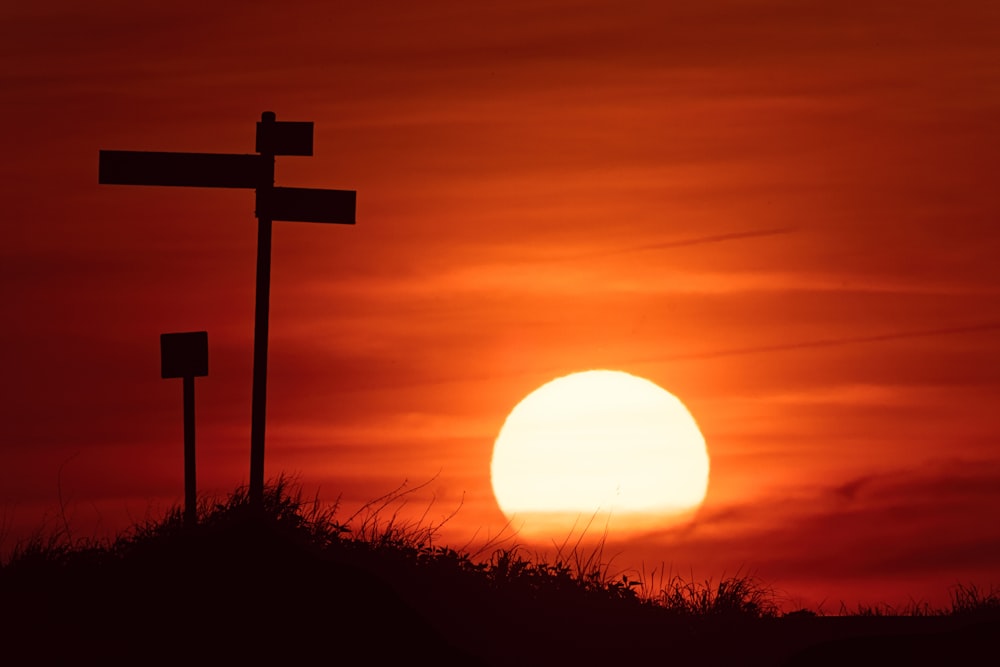
Christchurch Anglican Synod met in 2018 to make a decision on whether or not to end the controversy by accepting offers of financial support (from private donors and local and central government) for the restoration of the Cathedral. In my allotted three-minute speech I said that five years before I would have wanted a brand-new modern Cathedral, in spite of all my many personal associations with the once Cathedral. However, my research had changed my mind. I argued we were in stage four of the social drama and the Synod’s choice was either reconciliation with the city or a complete schism. Only time will tell if the right decision was made. Nevertheless, I rejoice that the rebuilding will begin, even though I may not live long enough to enter the future Cathedral.

The Once and Future Cathedral may be borrowed from the John Kinder Theological Library, or Christchurch Public Libraries and is on-line at the University of Canterbury.
